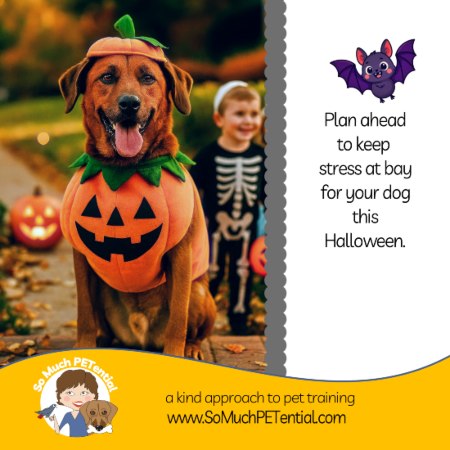Maisy, a very sweet Cavalier King Charles Spaniel, tends to do submissive behaviors when greeting people and dogs. She is a sensitive dog and tends to approach with a wiggly but lowered body posture and tail; and will roll over and expose her belly when she gets to the person or dog. In this blog post, I’ll talk about sensitive dogs (also referred to as soft dogs), and how I helped Maisy have confidence in coming to me.
What is a sensitive dog (also called a soft dog)?
 When I think about Maisy as a sensitive dog, what I mean is that she has a greater tendency to show avoidance or submissive behaviors if she feels pressure. In general, these dogs tend to have a higher likelihood to worry more about their environment and interactions, they may be quicker to respond to what they see or hear, they may seem like they are ‘blowing off’ your lesson or attempt to interact, they may shut down, they may take longer to recover from a stressful event.
When I think about Maisy as a sensitive dog, what I mean is that she has a greater tendency to show avoidance or submissive behaviors if she feels pressure. In general, these dogs tend to have a higher likelihood to worry more about their environment and interactions, they may be quicker to respond to what they see or hear, they may seem like they are ‘blowing off’ your lesson or attempt to interact, they may shut down, they may take longer to recover from a stressful event.
Some of what this may look like from Maisy includes:
Looking away
Leaning or moving away
Having increased latency in doing behaviors
Rolling over to expose her belly
Slinking up to someone with lowered body posture and tail
Zooming around
She does not do this in all situations, only certain situations. She is not alone.
Any of us can be more sensitive in certain situations that others. Some, may have a higher tendency to be on the sensitive in more situations. That can be due to a variety of factors – genetics, environment, learning history. But all living beings will have their moments and their limits.
Whenever I am working with a client and that client’s pet, or really any animal (human or non-human), I always try to stay aware of what I am observing in that animal’s body language. It speaks volumes for whether I need to adjust either the environment or how we are interacting.
Here are just a few different examples:
I have gone into homes when I have known in advance that a dog was demonstrating either big behaviors or a tendency to move away from people. While talking to my clients, that dog may walk around first with his tail tucked, ears pinned back, and lowered body posture before curling up into a tight ball and tucking his head beneath his body. It may appear that dog is tired and napping. However, it could very likely be that dog shutting down and trying to shut out the world. This is a sign telling me that dog needs something to change for it to feel more comfortable, safe.
There have been times when I see owners trying hard to get their dog to do something. I can feel the pressure in the room so it does not surprise me when I see the dog showing avoidance behaviors. Helping these owners to learn how to take that pressure off (of their pet and themselves) is often an important piece of my work.
There are times when we go to a certain environment and the dog begins excessively sniffing and moving without purpose in all directions, is not able to take treats or do any known behaviors. That environment may be overwhelming for that dog. We may need to make changes such as the proximity, what we are doing or something else…or leave.
There are times when I may be teaching a dog and see signs of stress in the dog. It could be the dog begins blinking his ears, yawning, lip licking, looking away, moving away, taking a lot longer to do a behavior, or checking out. These are all signs to me that I need to adjust something in the way that I am teaching and interacting with that learner. When adjustments are made, I will see a difference in that dog’s body language and interest in participating.
Let’s go back to Maisy and her greeting behaviors
My goal is to help Maisy feel confident in approaching me and her family. By confident, I mean approaching with loose and wiggly body posture, eye contact, and her clearly showing an interest in wanting to engage.
In the video, notice the ways that I take pressure off her by moving my hands away from her to invite her to come toward them for interaction. I match her energy. There is a moment in the beginning when she rolls over and I do not interact with her but move away and encourage her to get up. She has wonderful soft body muscles and keeps wanting more. That tells me she is enjoying our interaction.
It also indicates that she will more than likely approach me more like this in the future as her past experiences with me taught her she is likely to feel good about what may happen.
And THAT makes me feel good too!








